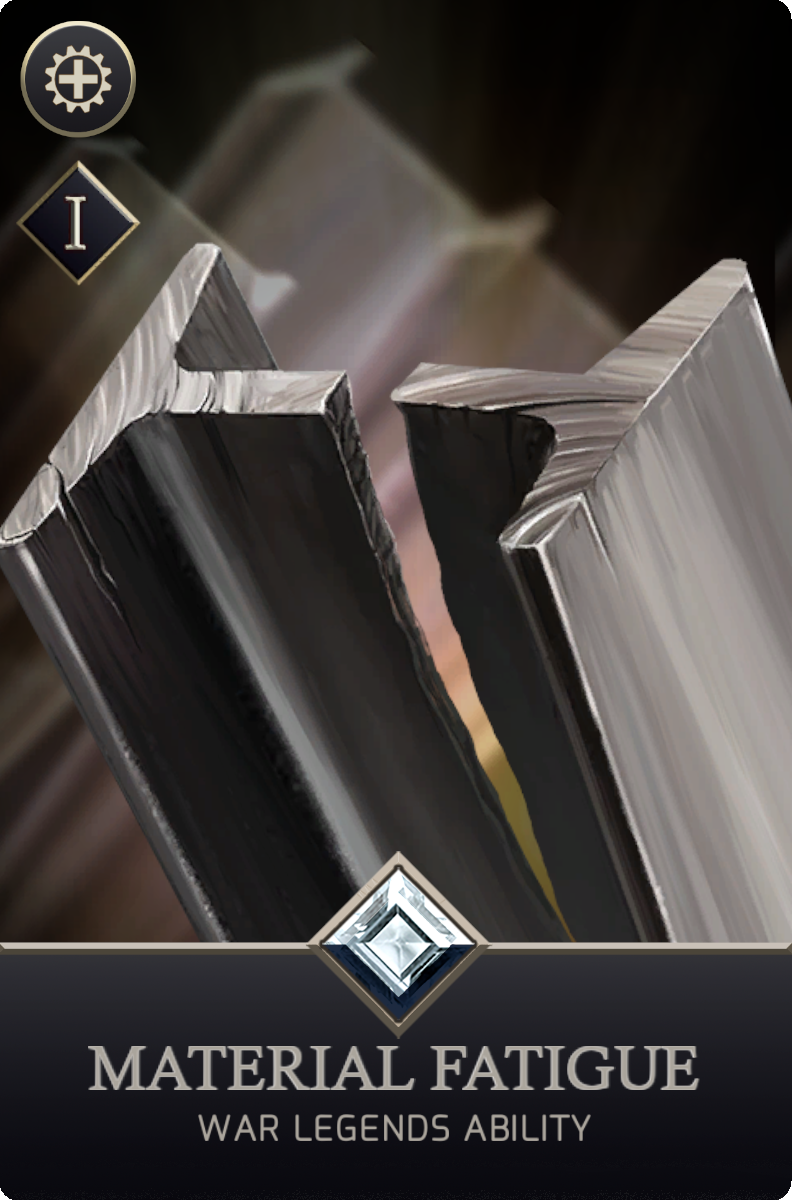


Ability Background
Metal fatigue is the name given to the phenomenon that produces the breakage of a metal part when a certain number of stresses are applied to it, stresses are a term used in structural calculations to determine some type of internal or external agent that affects an element, such as It could be torsion, traction, compression etc.
The first to observe this phenomenon was the German Wöhler in 1860 when carrying out some resistance tests on the axys of railway wagons, Wöhler drew a curve (the Wöhler curve) which collects in a diagram the number of determined loads corresponding with which the detachment occurs.
Different metals have different Wöhler curves, for example steel with a low percentage of carbon withstands 2,000 to 3,000 load cycles.
Fatigue cracks occur when there is some type of irregularity or crack in the material, even if they are microscopic, with each request this irregularity or crack becomes more critical, so it is not difficult to imagine the load cycles that the frame and the track system of a tank when passing over bulky obstacles, or the shocks produced to the entire vehicle when fired, being endo the parts plus the turret mechanism, and the wheels and tracks of the tracks, also fit highlight the performance of the engine with more than 4,000 moving parts, being the worst off elements, pistons, connecting rods, valves and crankshaft without counting the engine block and cylinder head, withstanding vibrations, pressures and temperatures of up to 2500ºc.








